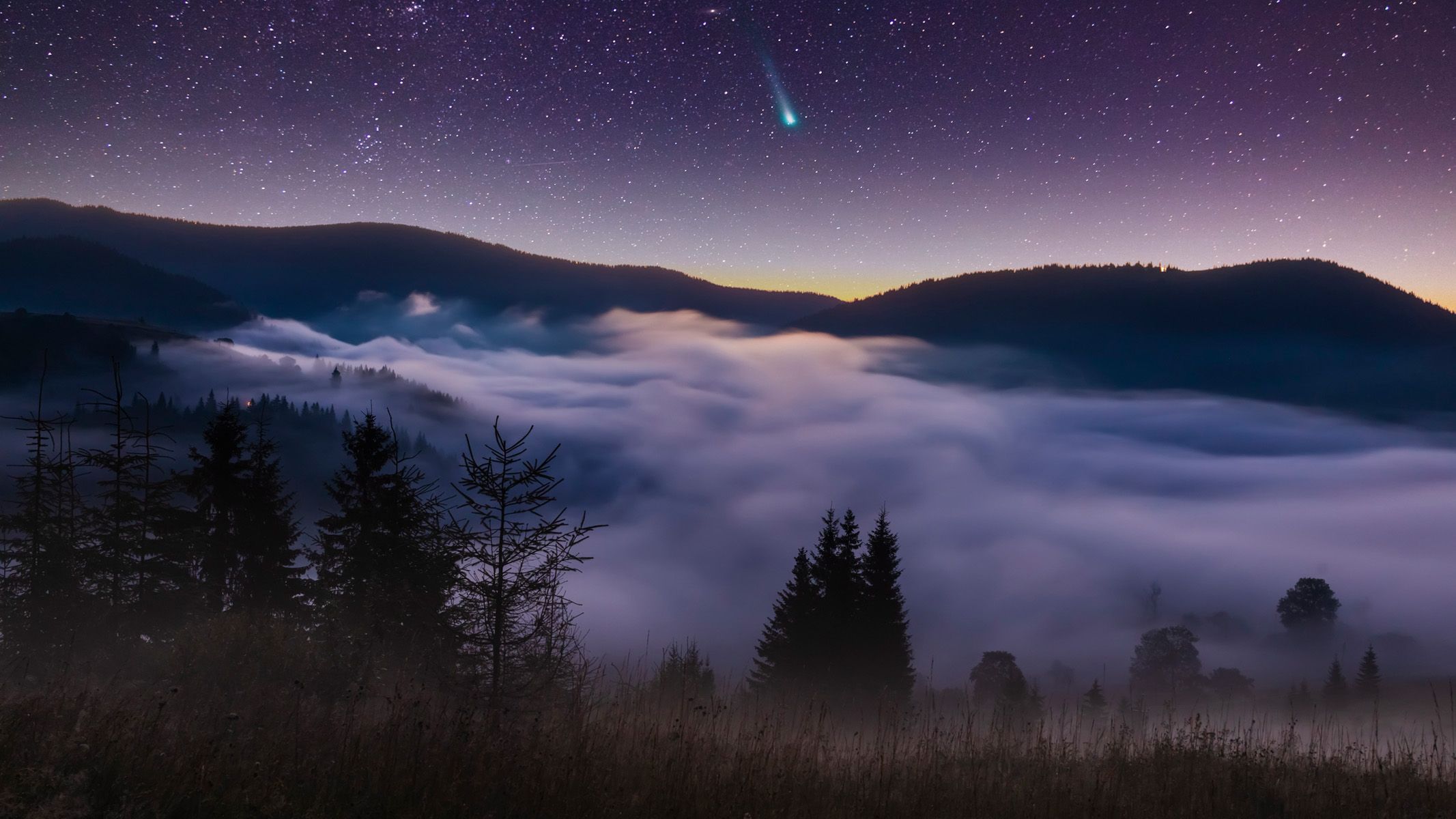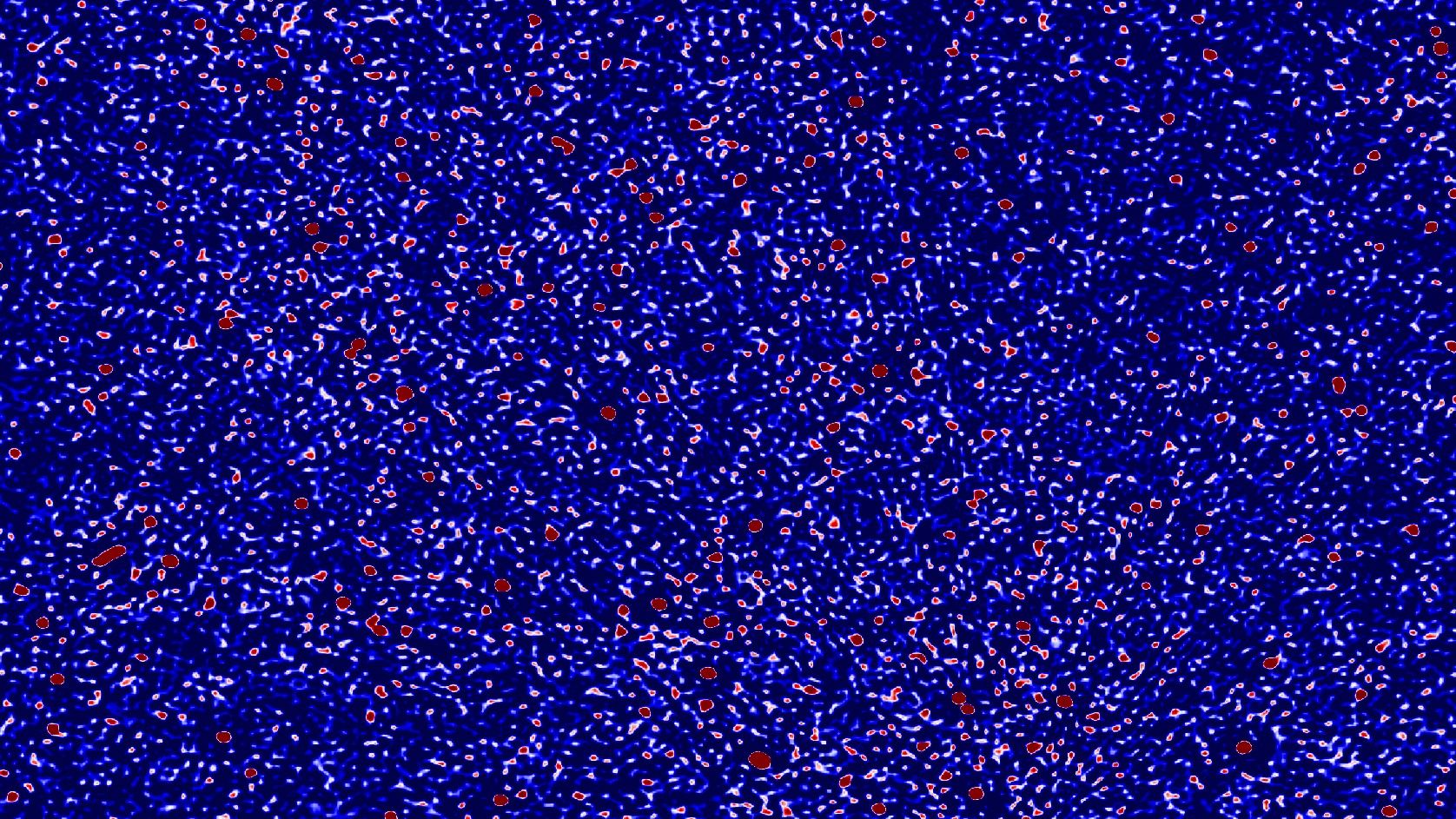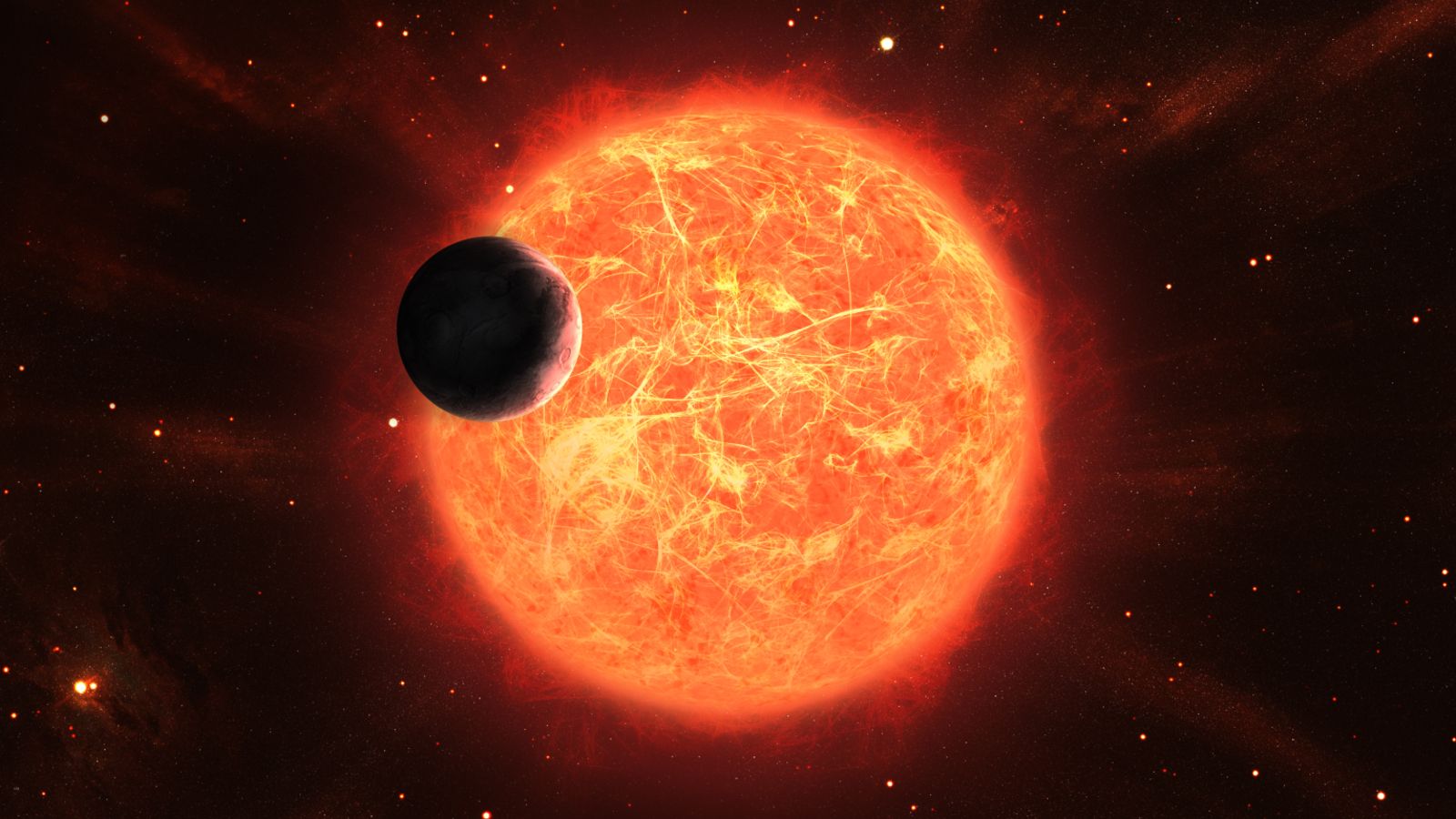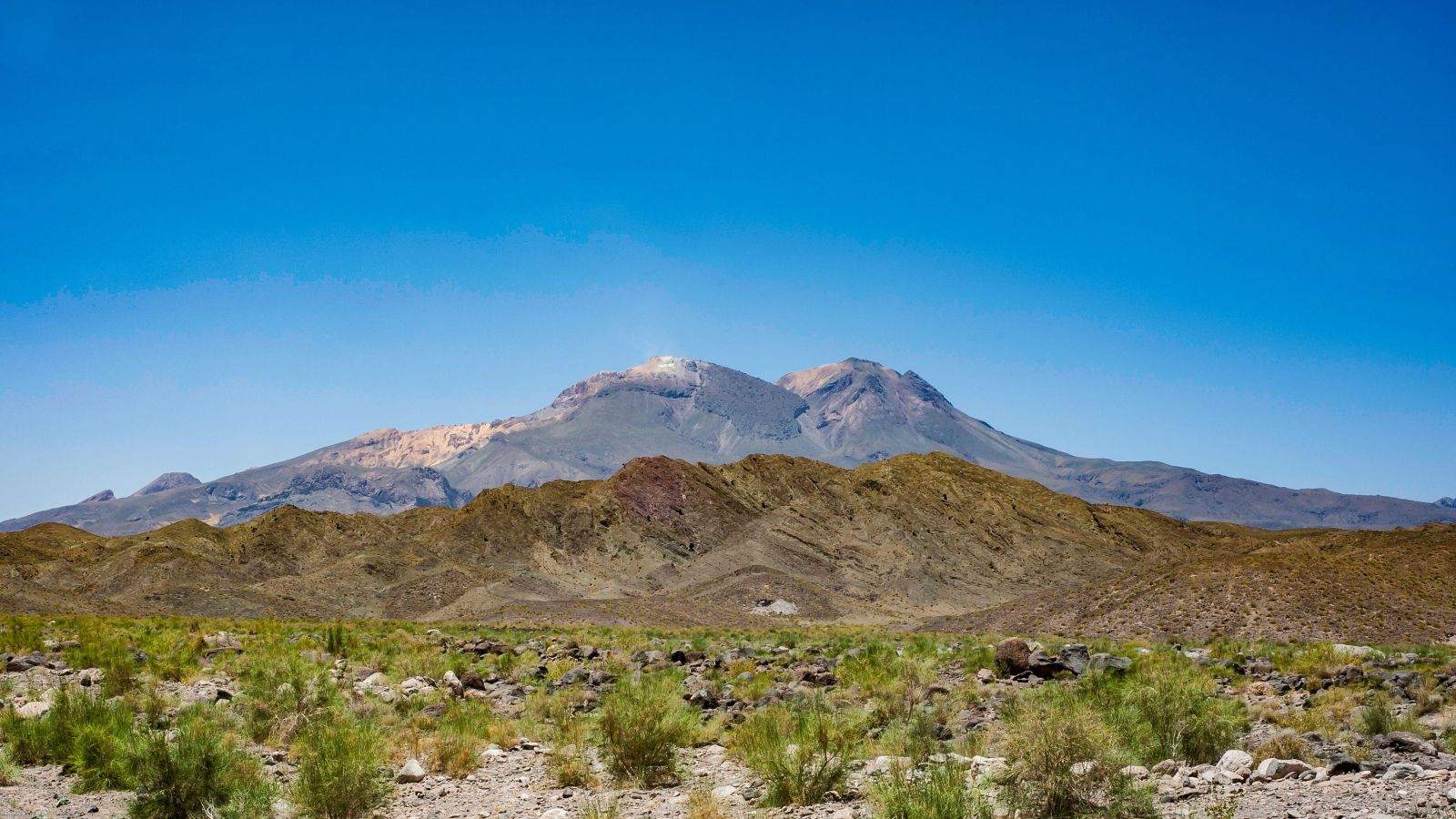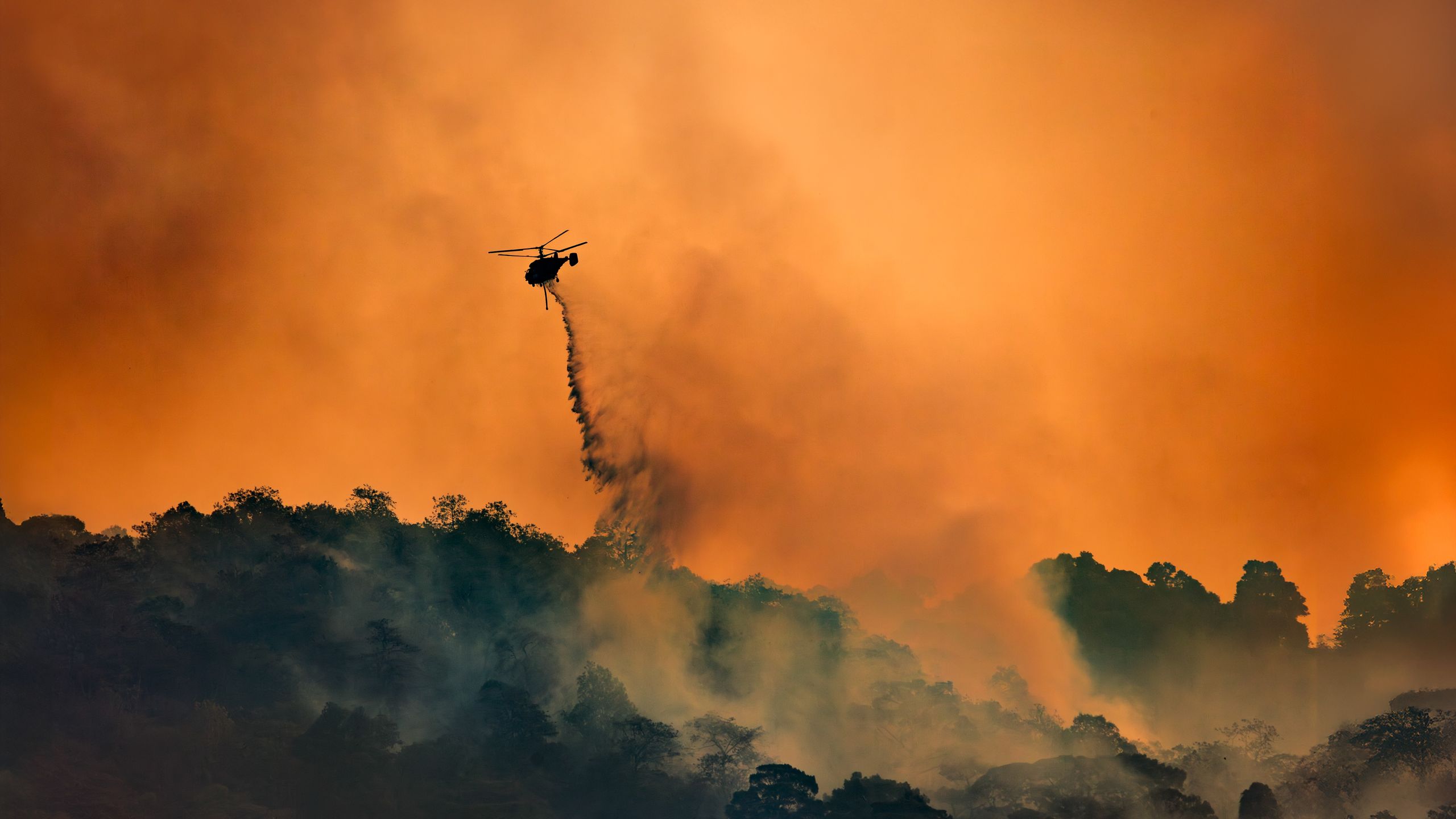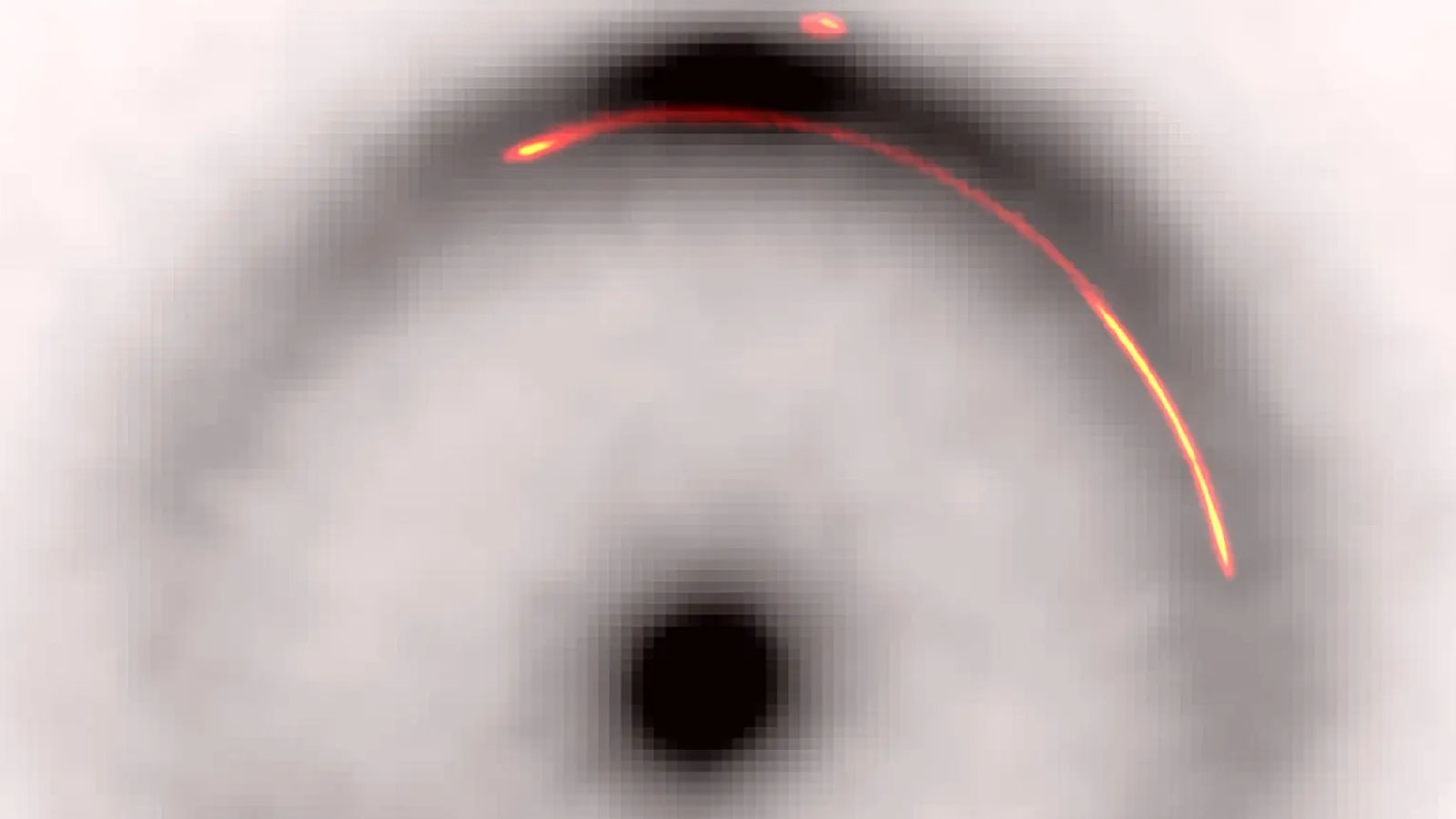Long before starlight filled the cosmos for the first time, the young universe may have been simmering, according to a new study.
The findings suggest that about 800 million years after the Big Bang, energy from newborn black holes and the fading embers of the first stars was already warming vast clouds of intergalactic hydrogen gas, offering a rare glimpse into a largely uncharted chapter of the universe’s youth.
Astronomers know that the universe began in an extremely hot, dense state, the Big Bang, about 13.8 billion years ago, and then cooled rapidly as it expanded. Roughly 400,000 years later, temperatures dropped enough for protons and electrons to merge into neutral hydrogen atoms, and the cosmos slipped into the “cosmic dark ages” — a long, lightless stretch when space was veiled by a dense fog of hydrogen gas.
The universe’s echoes
Because direct observation of the universe’s first stars isn’t possible — they were too faint, too short-lived, and far too distant for even the most powerful telescopes to detect — astronomers instead look for the subtle fingerprints those stars left in the hydrogen gas that surrounded them.
In the new study, Nunhokee and her team analyzed nearly a decade’s worth of data from the Murchison Widefield Array, a powerful radio telescope located in the remote Western Australian desert, to search for a faint radio “whisper” from that ancient hydrogen.
The signal arises when a hydrogen atom’s sole proton and electron flip their spins relative to each other — a minute change that alters the atom’s energy and causes it to emit or absorb a photon at a specific wavelength. Astronomers hunt for the faint radio echo of this transition, which appears at a wavelength of 21 centimeters — or, to our instruments, a frequency of about 1.42 gigahertz. Because the signal’s strength is affected by the temperature and environment of the surrounding hydrogen gas, it acts like a cosmic thermometer, revealing how the first stars and black holes began to influence the early universe.
Detecting this ancient signal, however, is extraordinarily difficult. It is buried beneath layers of much stronger radio noise from the Milky Way, other nearby galaxies, Earth’s atmosphere and even the telescope itself. To uncover it, the team developed a new statistical filtering technique to strip away these foreground signals and isolate the most probable emission from hydrogen gas dating to roughly 800 million years after the Big Bang.
This new approach produced the cleanest radio map yet of the early universe and set the most stringent limits so far on the strength of the 21-centimeter signal, the team noted in the study.
Despite focusing on what Nunhokee described as “kind of a cold patch where we have just a few sources,” and using “the best data that we have,” the team found no evidence for the telltale signal. “Because it’s very faint, it’s very hard,” she said.
After cleaning the data, the researchers didn’t see the distinctive signature that would indicate a “cold start” to reionization. This feature would have been visible in their data if the universe, about 800 million years after the Big Bang, had remained frigid until the first stars ignited, so the result suggested the universe was warmer than expected, according to the study.
“As the universe evolved, the gas between galaxies expands and cools, so we would expect it to be very, very cold,” study lead author Cathryn Trott, a professor at the Curtin Institute of Radio Astronomy, said in a statement. “Our measurements show that it is at least heated by a certain amount. Not by a lot, but it tells us that very cold reionisation is ruled out — that’s really interesting.”
Cosmological models point to X-rays from early black holes and the remnants of massive stars as the likely culprits heating the intergalactic gas long before visible starlight filled the cosmos, Nunhokee said.
The team’s new data-cleaning technique also lays crucial groundwork for the upcoming Square Kilometre Array (SKA). Scientists say this next-generation radio telescope, which is now under construction in Australia and South Africa, will have the sensitivity to detect the elusive 21-centimeter signal directly.
“We know what we are looking for,” Nunhokee said. “We just need a few hours of [SKA’s] data that will allow us to go to the levels that we want to.”


